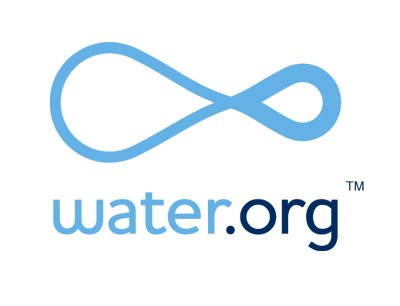You’ve followed Chapter 19 and 20, assembled a massive pile of facts and figures, and now have to find a way for it to make sense and show how it impacts your prospect. You have probably found that the data can be grouped together in some obvious categories. There are two bigger categories that all of the data will fit in: Problem Data and Impact Data. We covered Problem Data in Chapter 18, but what is Impact Data?
This is where you want to spend your time, as Impact Data is where the C-Level prospects spend their money.
All companies have problems, and some just sit there, year after year, annoying people who ask, “Why doesn’t the VP of Operations know about this and fix it?” It is likely that the VP of Operations knows about the problem. It is also likely that the problem has been evaluated, and one of two things have happened: the impact of the problem is less than the money or time it would cost to fix the problem or the impact of the problem has not been supported by enough data to prove that fixing it is financially viable.
Understanding the impact of a problem is crucial for proving the business case for any solution you hope to provide. There are five questions that form the basis of understanding the impact a problem can have on an organization:
- How do you measure the problem?
- What is the current situation?
- What results would you like?
- What is the value of those results?
- What is the value of those results over time?
This is relatively straight forward when dealing with hard data. For example, let’s say that you are trying to sell a university an electronic dormitory room key lock system. Your conversation might sound something like this:
- Prospect: Your electronic dorm room key lock system would increase the security of our 400 dorm rooms.
- You: What is the biggest problem that our system would solve? (measurement)
- Prospect: We have too many old keys floating around. We only know where about 80% of them are.
- You: That’s about 200 keys that you are missing. (current situation) What would be an acceptable percentage of unaccounted keys? (desired results)
- Prospect: We need it to be zero, because it costs us $65 to rekey a lock.
- You: Let’s see, 400 dorm rooms times $65 dollars a lock…that’s $26,000. (value impact)
- Prospect: And students are constantly losing keys, getting duplicates, moving in and out of dorms…we just aren’t as safe as we could be.
- You: If this is a continuing problem, then over four years at two semesters per year, you could have a total of over $200,000 in rekeying costs. (value impact over time)
Other types of products and services can be more difficult to prove impact, as they often rely on soft or inferred data. For example, let’s say that you are trying to sell a mass notification system to a university that would alert students to dangerous situations on campus. Your conversation might sound something like this:
- Prospect: Your software would help keep our students safe from gun violence on campus.
- You: Other than the possibility of fatalities, what is the biggest problem that gun violence would create for the university? (measurement)
- Prospect: Our students and staff would feel very unsafe, and the bad press we would receive would severely harm the university’s reputation.
- You: How do your students and staff feel now, and what is your university’s reputation for security? (current situation)
- Prospect: We’ve never had a major incident, so our students and staff feel safe, and we have a reputation as a place where parents can send their kids and know that they are safe. This is especially important for our foreign students and their parents. (prospects implies desired results)
- You: What would happen if you had an incident that made the evening news? (value impact)
- Prospect: Other universities have seen their enrollments decline by 10%…almost 25% for foreign students. (inferred data)
- You: Let’s be conservative…if we take your 20,000 students, reduce enrollment by just 5%, and multiply it by your $15,000 tuition…that’s about $15,000,000 in lost tuition alone, not counting the fact that foreign students pay more and stop attending at a higher rate. (value impact) How long would it take to regain your reputation, and ultimately your students? (value impact over time)
- Prospect: Others have recovered in three years, some never fully recovered from their foreign student losses.
- You: If that is the case, your university could face well over $30,000,000 in tuition losses. (value impact over time)
This is of course simplistic and scripted, but hopefully you can see how there needs to be a process to help both you and your prospect understand the impact of the problem, especially the financial impact, so that you can create a better business case.



